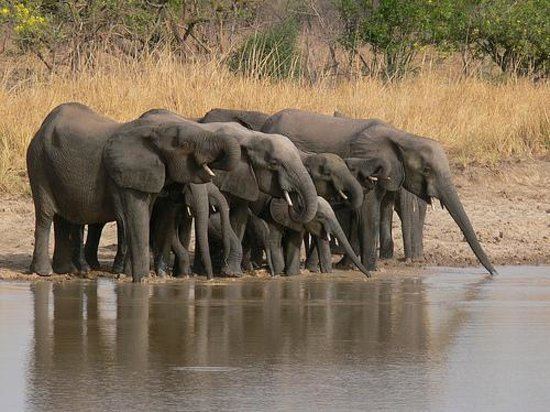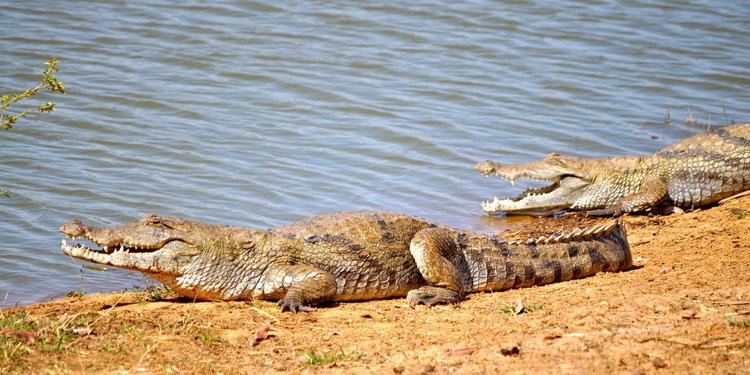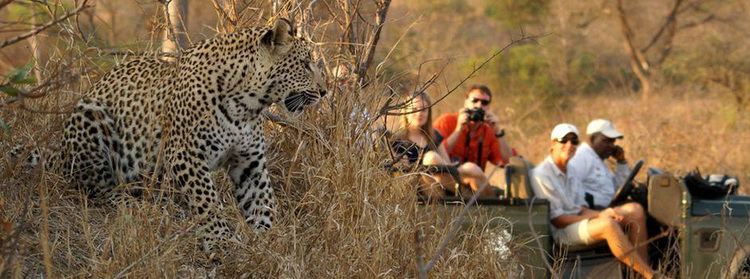Established 1950 | Area 69,000 ha (270 sq mi) | |
 | ||
Similar | ||
Oti-Kéran National Park is located in the north of Togo, in the Kara area. There is only one road going through this area. Not many tourists visit Togo as the main national parks are more accessible in Ghana.
Contents

Social impact
The Oti-Kéran National Park belongs to a network of nature reserves in northern Togo that has been originally considerably expanded since the 1960s. These actions were undertaken without consent and participation of the local population. Instead of gaining income from tourism and other business opportunities potentially linked to the national parks, people were removed from their land and agricultural developments were abandoned, resulting in an increase of poverty and even hunger. Additionally, wildlife - especially elephants - from the protected but not fenced areas caused damage to fields and crops in the surrounding communities. This led to antipathy by the local population against the protected areas and the wildlife. During political turmoil in 1990 this hatred broke free by massive attacks against the protected areas and mass-slaughtering of animals, resulting in a major destruction of the environment.
Re-organisation since 1999

As a result of widespread destruction and human invasion into the protected areas, Togolese authorities reformed the park boundaries since 1999. Peripheral areas deemed too much destroyed to be re-naturalized have been excluded from the national park and officially deallocated for human development. This shrunk the size of the national park, now named the Oti-Kéran National Park, from 179550 to 69000 hectars. What remained is planned to form part of a future biosphere reserve, linked by the Oti-Mandouri National Park to the WAP (W, Arli, Pendjari) protected area system in Burkina Faso, Benin, and Niger. It is, however, still threatened by settlements, cotton-farming, charcoal production, and other human activities within the park boundaries.
Ecotourism

Ecotourism was quite well-developed in the Oti-Kéran National Park before 1990. A South African company invested in tourism infrastructure (hotel, road, observation platforms etc.) and ecotourism created monthly revenues for protected area management in the order of 50-60 million CFA (U$100000-120000) in Oti-Kéran alone. At the time it was considered a regional model for protected area ecotourism development and photographs still exist of herds of elephants and other key tourist attractions in the Park. Today the entire infrastructure is ruined and the ecotourism sector has not really restarted in the area of Oti-Kéran after the long period of socio-political troubles. Very few regional tourists arrive from neighboring countries (WAP complex Niger, Burkina Faso, Benin), but there are no adequate facilities or accommodation in Togo to encourage them to stay longer. The national Ministry of Tourism is concentrating its efforts in the Plateau Region and considers it necessary for management of protected areas in the Oti-Keran / Oti-Mandouri Complex to be revitalized and for habitats and fauna to be re-established before ecotourism plans can be developed.
Fauna

The destructions of the 1990s resulted in a reduced faunal diversity of the Togolese national parks compared to those in neighbouring Burkina Faso and Benin. An assessment in 2008 listed the following species though stating that their status is uncertain:
Mammals
Birds
About 214 species of birds have been recorded, including:
Reptiles
